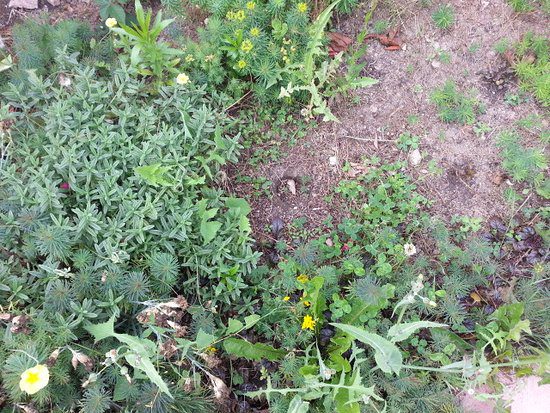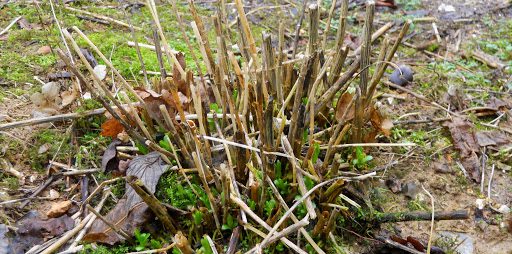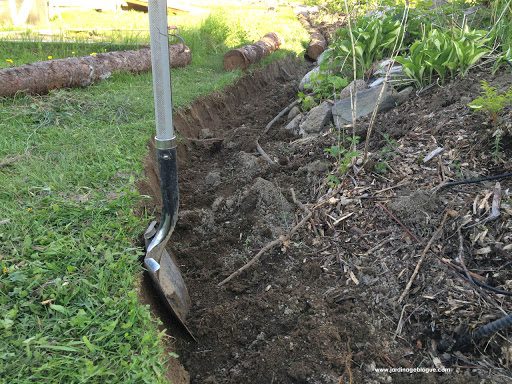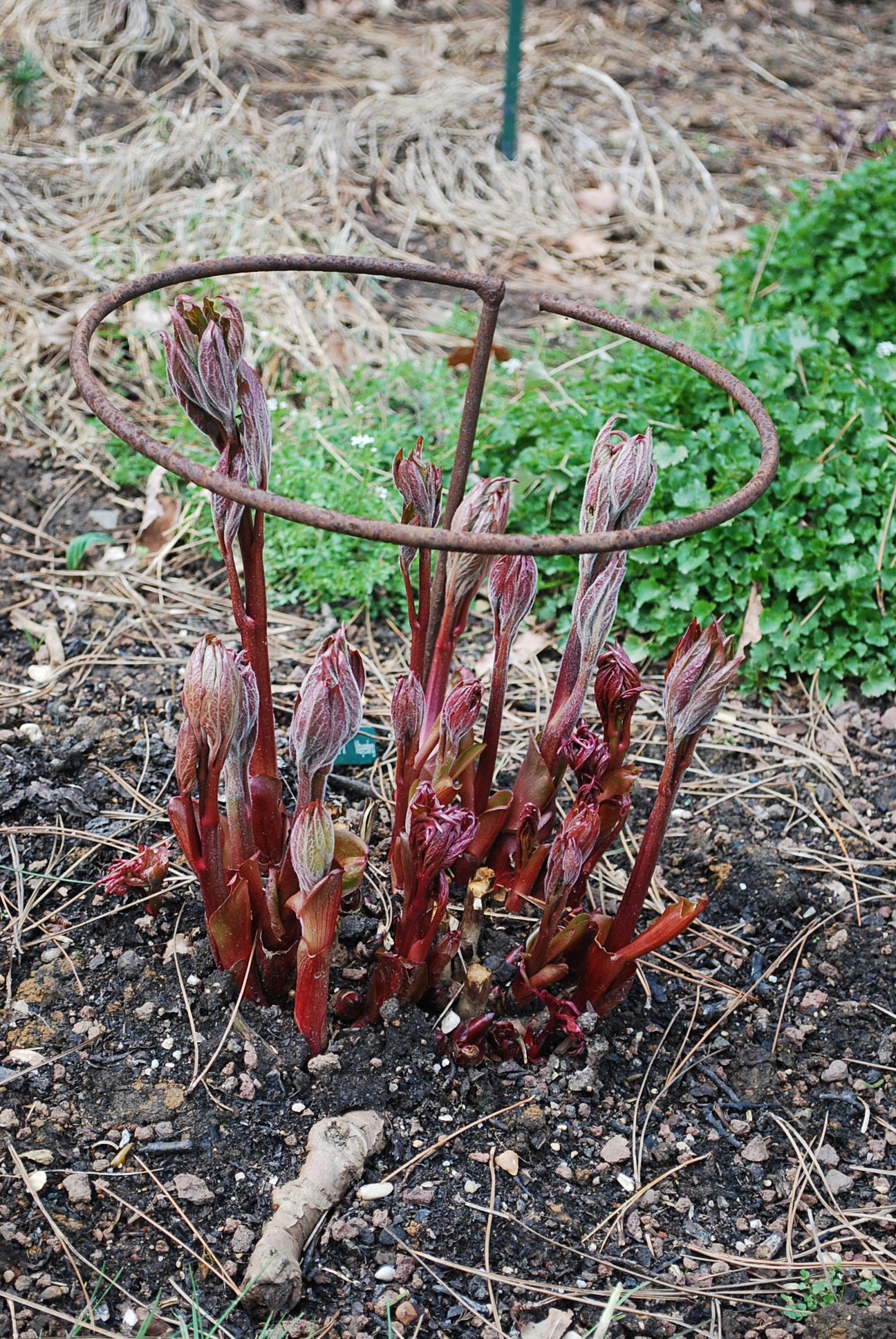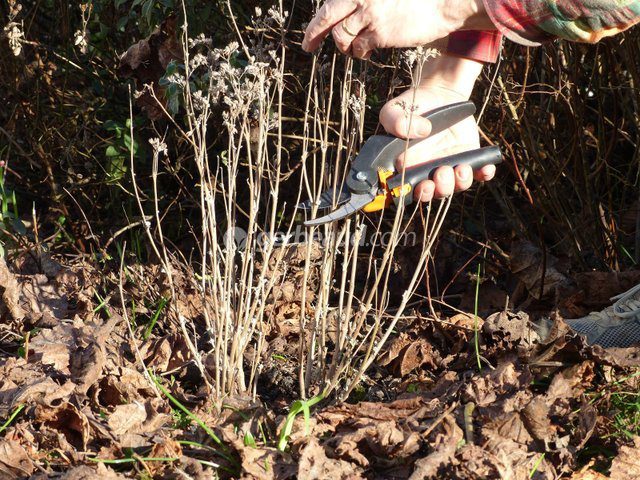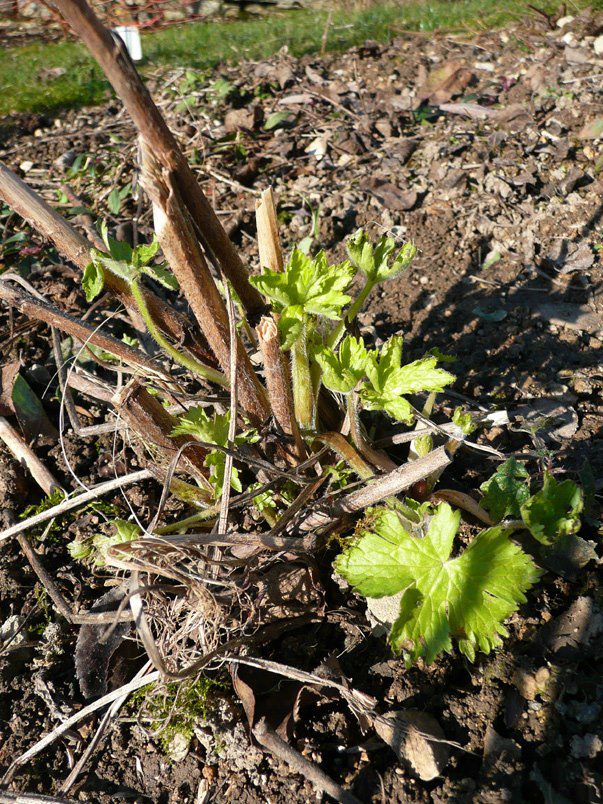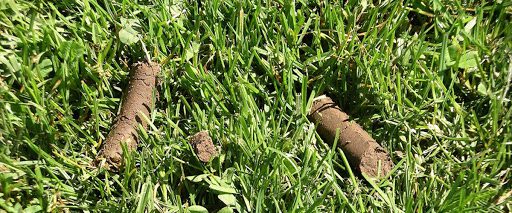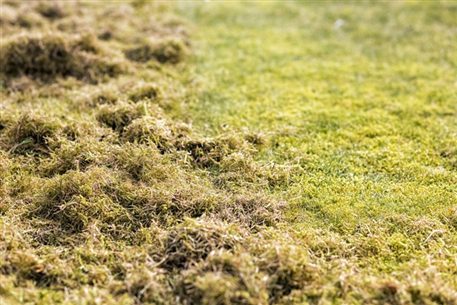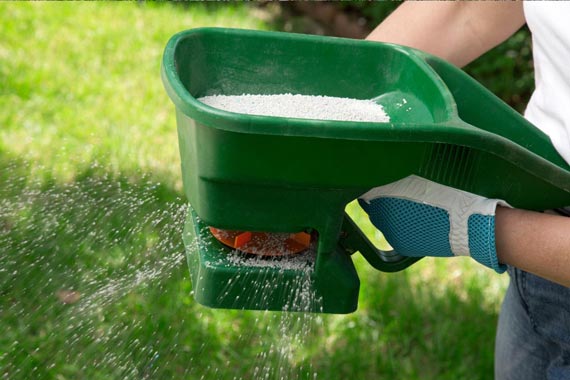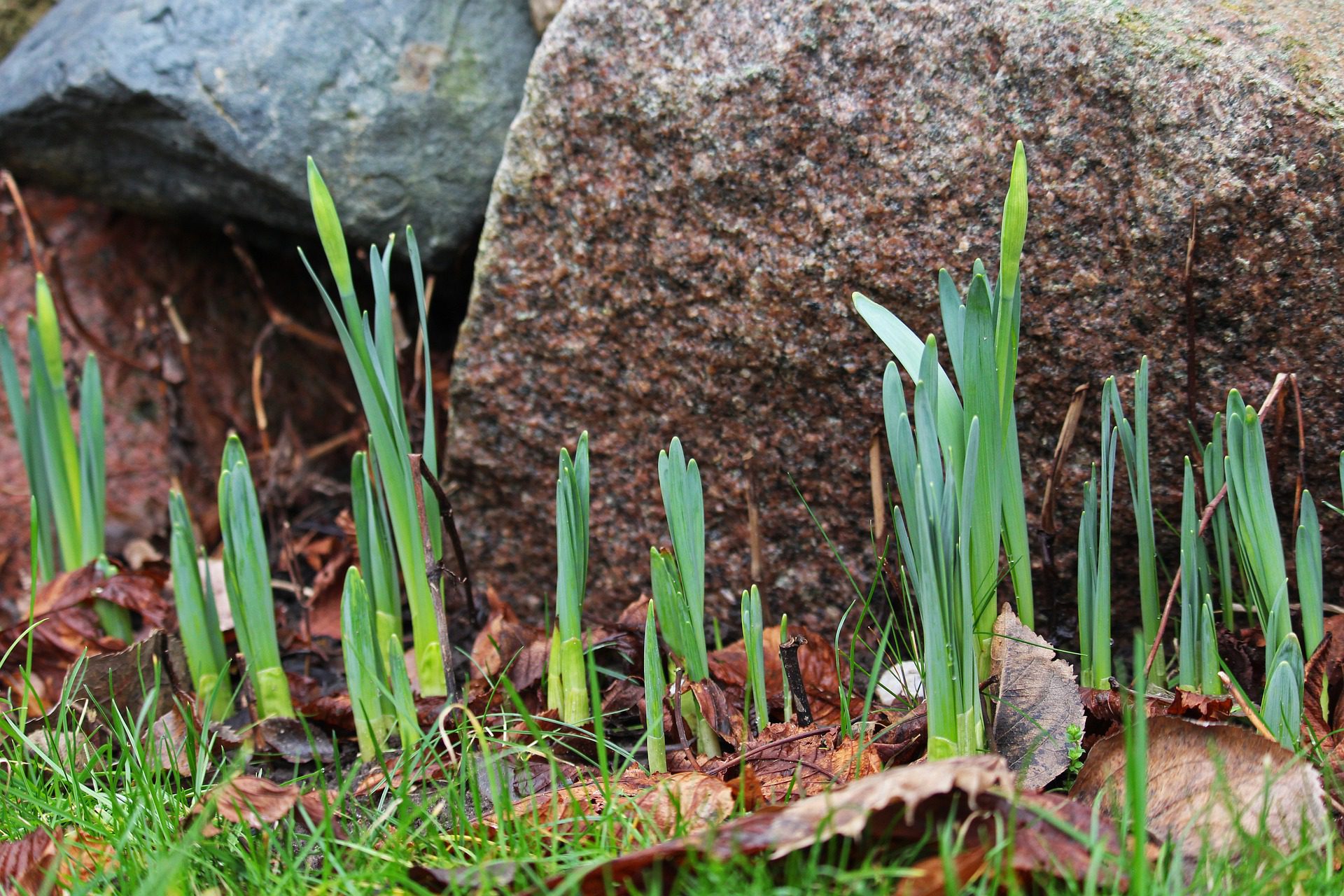
Spring cleaning
Flower bed
Cleaning of the flower bed is very important. It will help the development and blooming of your plants and ensure a favourable control over bad weed and detect any disease or insect pests.
This first maintenance takes time, but your borders will be grateful and you will benefit from it for the entire season.
Steps
- Clean up the borders – it is important to use the adequate tools to prepare the soil for new plantations. Start by removing all trash from the borders left from autumn and winter.
- Remove all annuals, if not done from last autumn.
- Amend the soil by adding good compost or other organic matter. This new compost will revitalize and stimulate the microbial action and bring the nutritive value to your plants.
- Remove the existing mulch, add breeding ground and cover with a new layer of mulch. It is recommended to layer at least 3 inches of mulch. While ensuring a better soil moisture level, mulch helps reduce weeding time.
- Replace any roots that may be raised out of the soil.
- Add a flower formulated fertilizer in the beds.
- Place 5-10-10 fertilizer around the bulbs.
- Add value to your beds by proceeding with hoeing, weeding and cutting the edges. Use a square shovel or an edger to delimit the borders.
Trees, Shrubs and Edges
Trim your trees and shrubs by removing interlacing, or broken branches. It is important to cut the branches at an angle at a junction, a knot or above the bud (just as lilacs or hydrangeas). To avoid any contamination or disease propagation, ensure to clean your pruning shears before use.
Steps
- Use a handsaw for branches that are over ½ inch diameter.
- Shape hedges with hand pruners rather than a hedge trimmer so that the shrubs do not respond with overgrowth as the weather warms up. For conifer hedges ensure to trim the green foliage and not the hardwood.
- You can already trim the summer or autumn-flowering shrubs. For spring-flowering shrubs, such as lilacs, they must not be trimmed before the flowers have faded.
- Trim evergreen plants at branch intersections.
- Add a fertilizer into the roots, particularly the smallest that are not yet adapted to their environment.
- Do not ever trim more than 1/3 of a tree.
- Finally, water abundantly your trees and shrubs that shows signs of winter desiccation to help their root system to recuperate. You will notice these symptoms with coniferous trees.
Perennial Plants
Remove the dead leaves of your perennials to help the development of news shoots.
Steps
- Trim down perennials to a height of 10 to 12.5 cm (4 to 5 in.)
- Transplant, like Hemerocallis and hostas, by leaving at least 3 stems per clump.
- Remove any old climbing plant and use jute twine or a textile fastening system to give reshape plants.
Rose bushes
Begin to prune the roses so that healthy new growth starts as the weather warms.
- Prune repeat-blooming rose varieties in early spring.
- Trim the rose canes to 1’’ below blackened areas.
- Dab wood glue at the end of pruned canes to deter insects.
Lawn Care
Begin lawn care maintenance in early spring to jump-start a healthy lawn throughout the growing season.
Steps
- Check the soil’s pH and then apply soil amendments if needed.
- Proceed with lawn aeration. To aerate means to bring up plugs of earth to give oxygen to the roots. It will stimulate the growth of the lawn. We recommend the aeration of your lawn in spring and in autumn.
- Remove turf damaged by salt, plows, or disease and reseed bare areas.
- Grass seeding can begin when the weather is warm in the spring, past any concern for frost. A good rule of thumb for when to start grass seeding is to begin when the forsythia starts to bloom.
- Add a 1/2″ layer of compost to perennials and any grass seeding areas.
- Fertilizers should be added as soon as the temperature begins to remain warm consistently.
- Crabgrass treatments can be applied once temperature begins to consistently warm.
- If the lawn needs new grass seeds and treatments for weeds, seed first and wait a couple of weeks before treating the lawn for weeds and crabgrass. Remember that seeding can also be done in the fall as an alternative option.
- To maintain the height of your lawn at 3,5 in. (8 cm) will help control insects and diseases as well as keep the humidity in the soil and enough foliage and a good photosynthesis.
Weeds
Remove any noticeable weeds now before they seed and spread.
- Pull up dandelions before seeding begins through the lawn.
- Do not add weeds to compost piles because sprouts could shoot up and reseeding could eventually occur.

